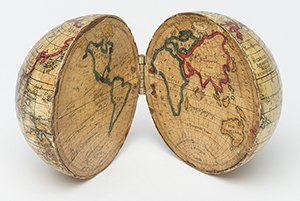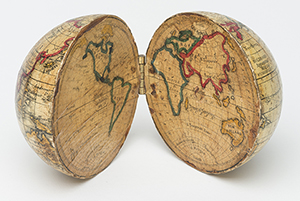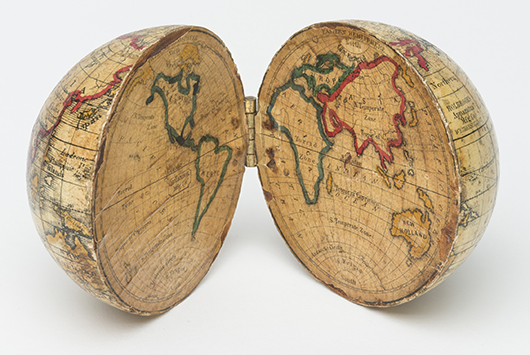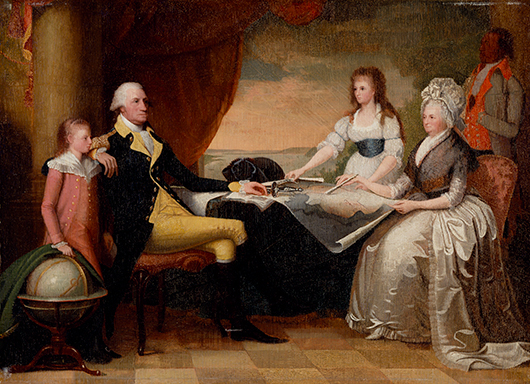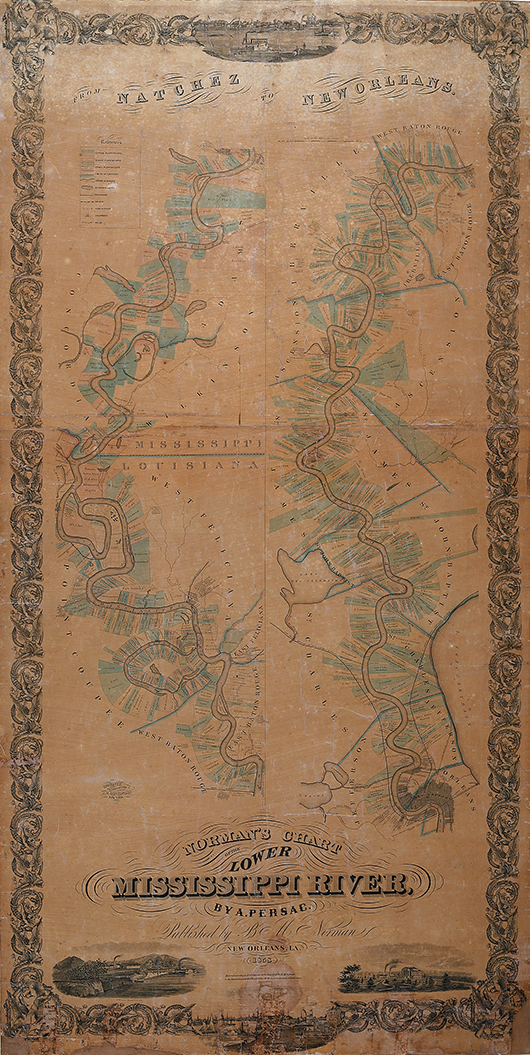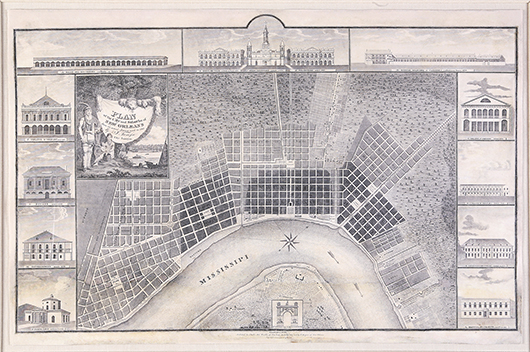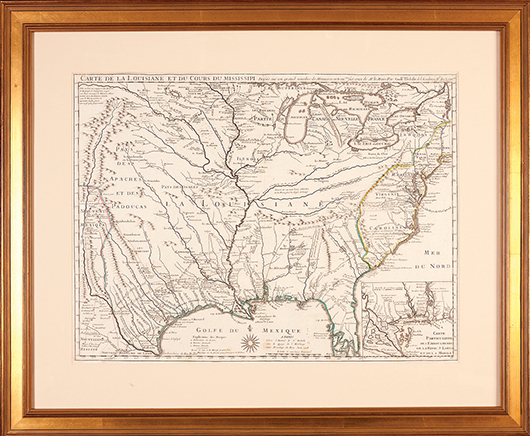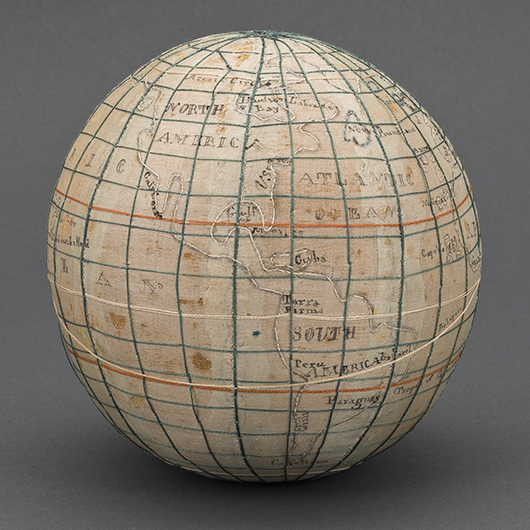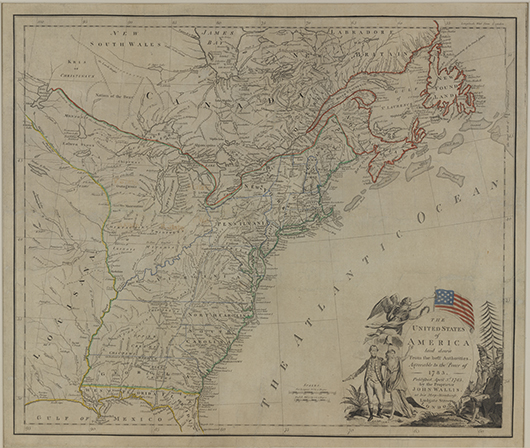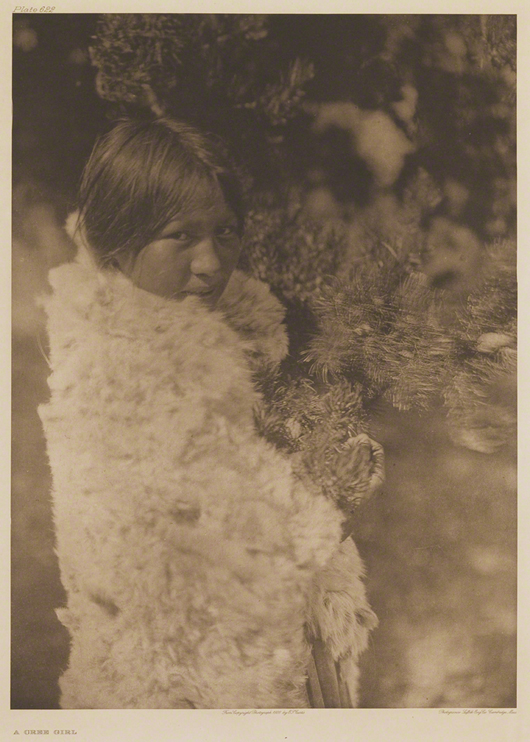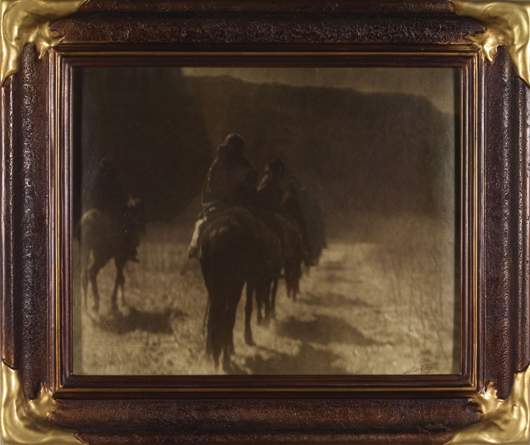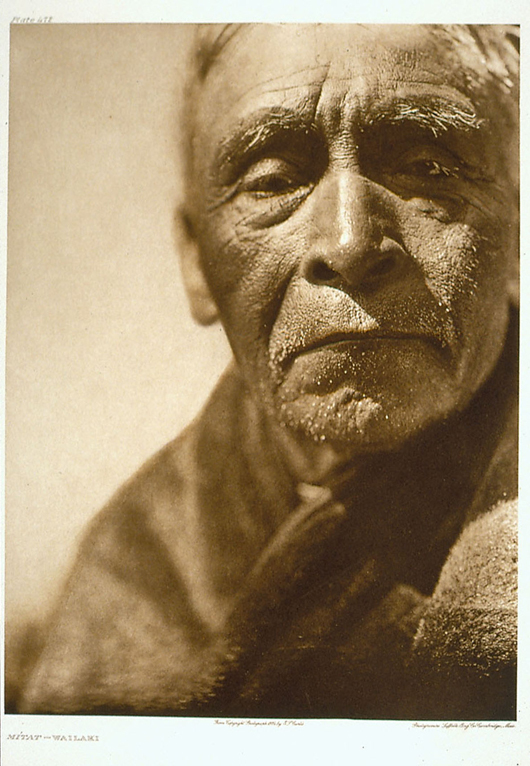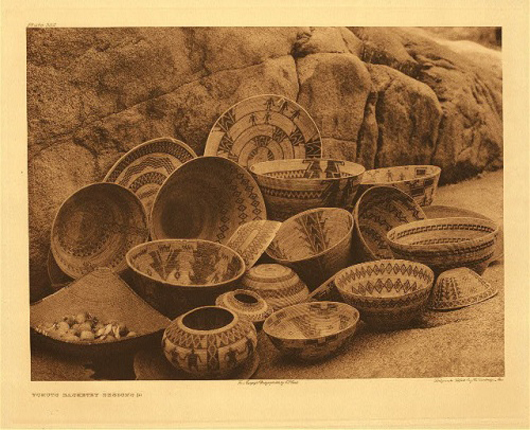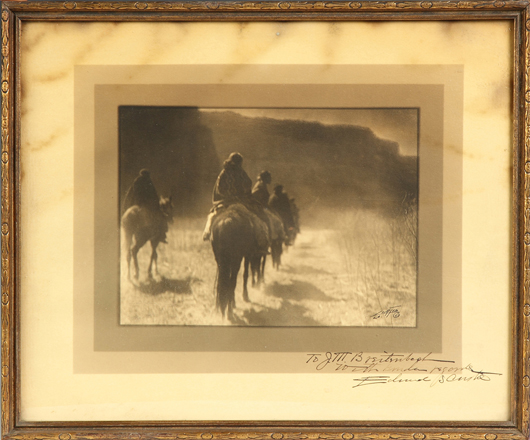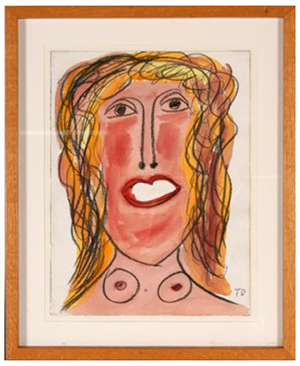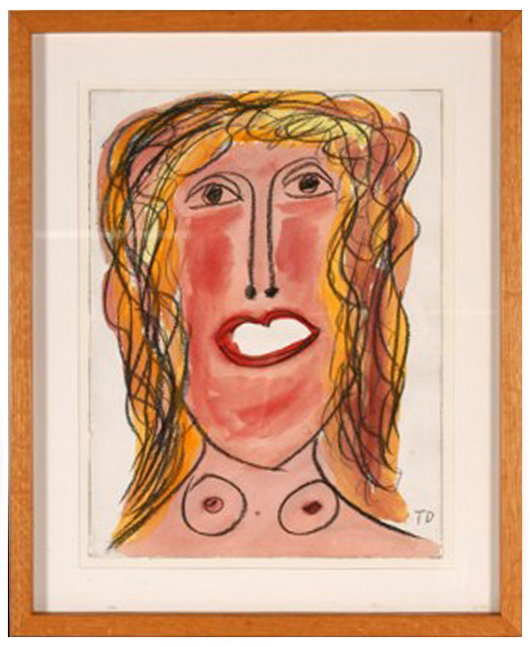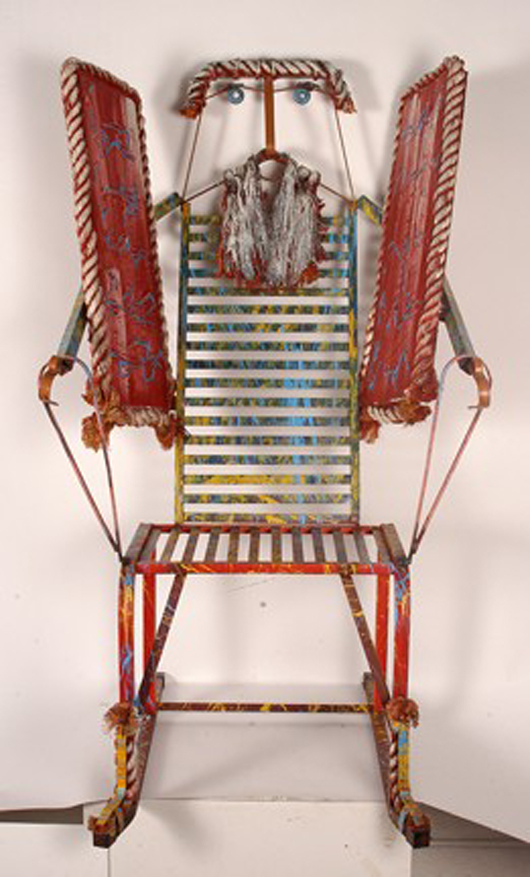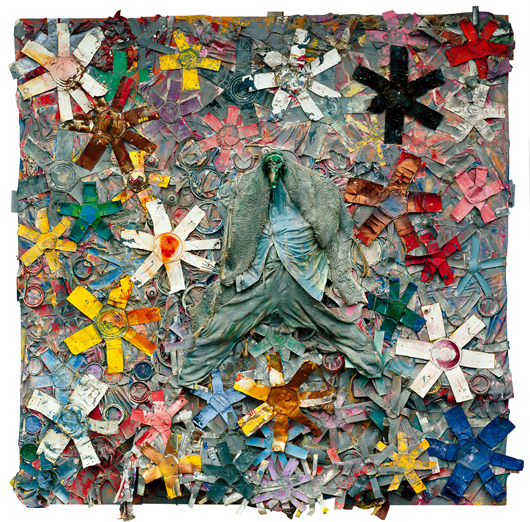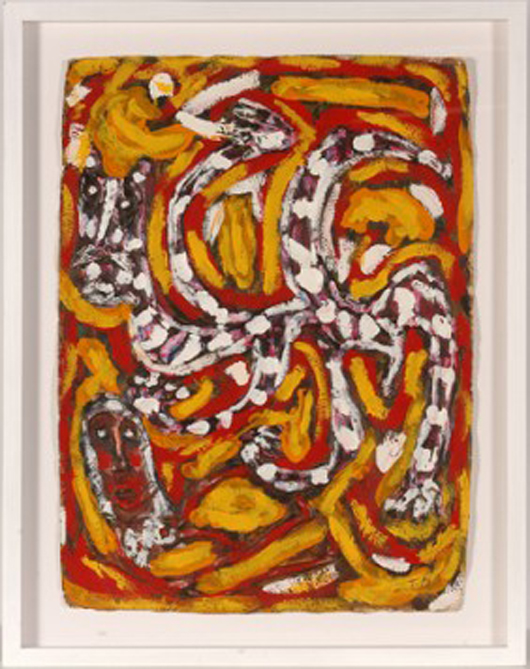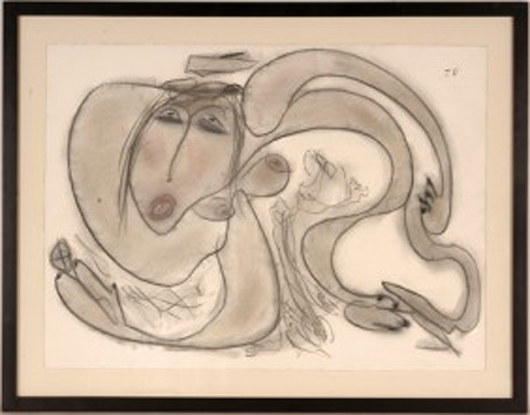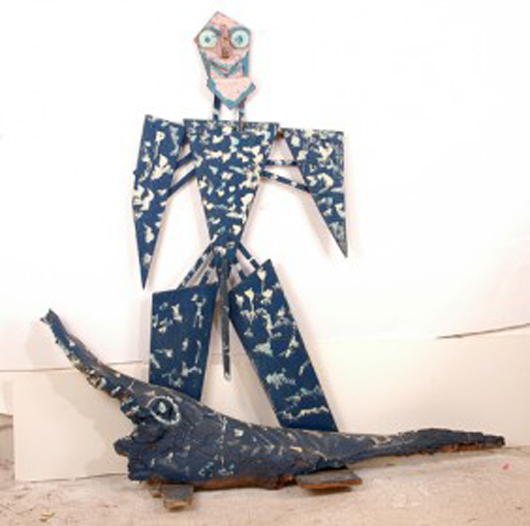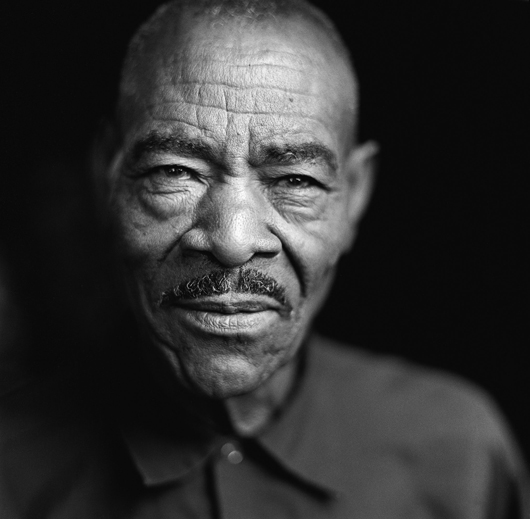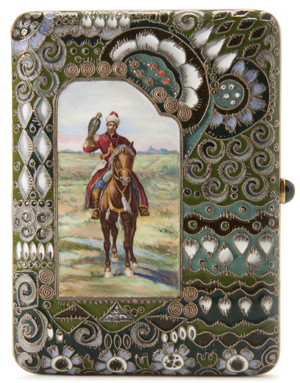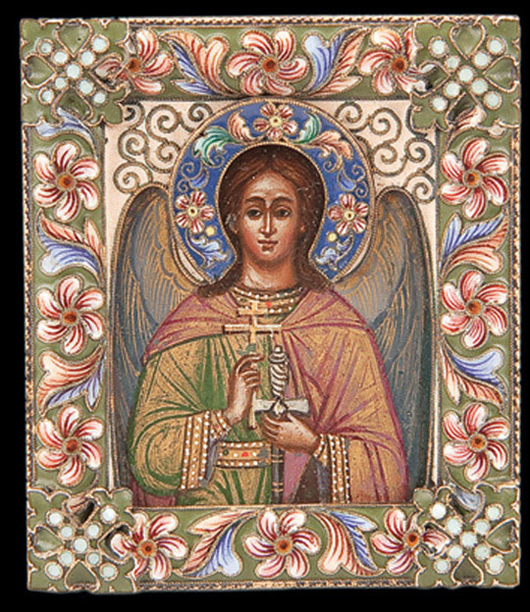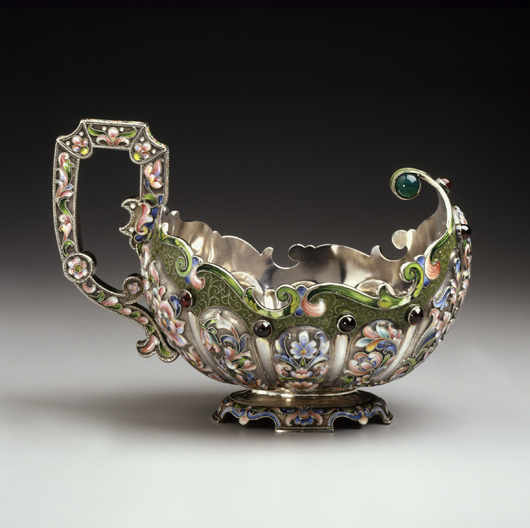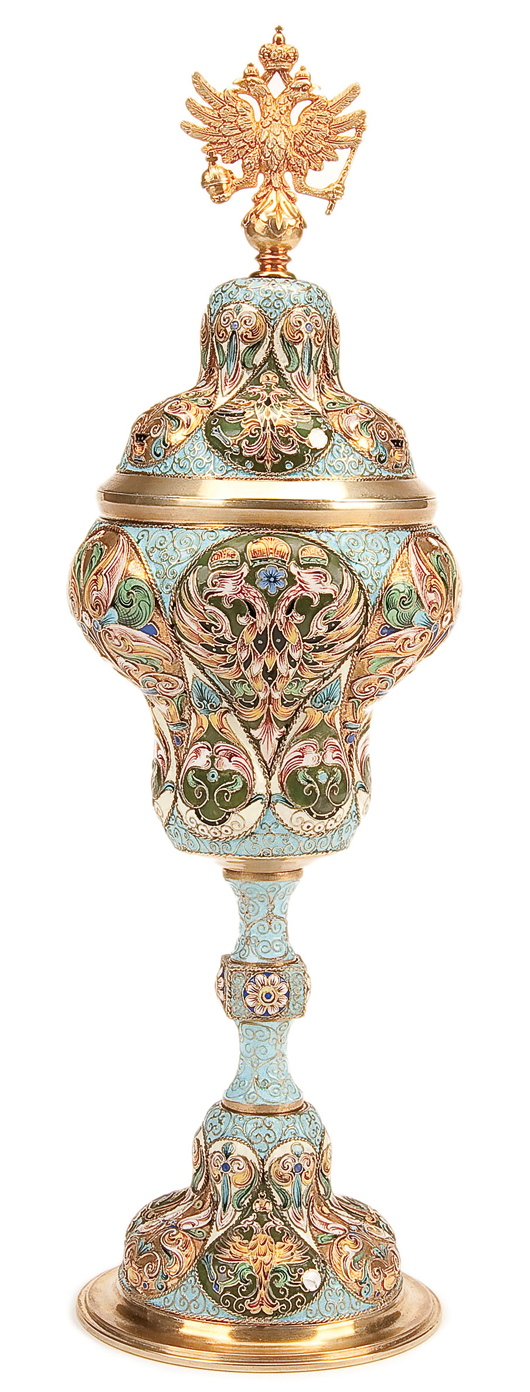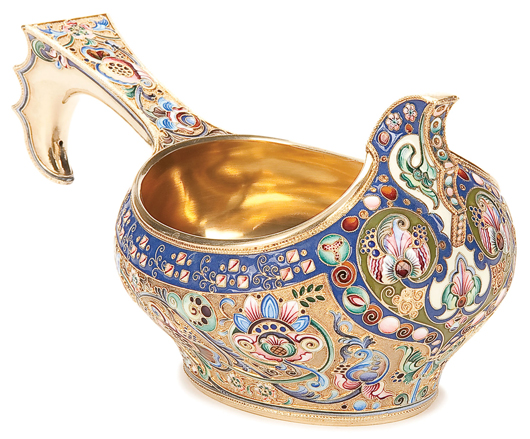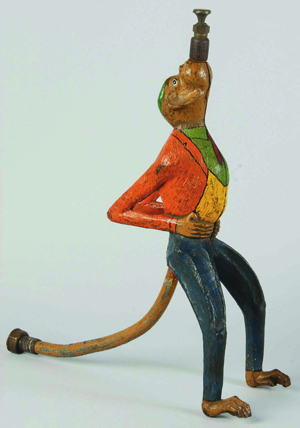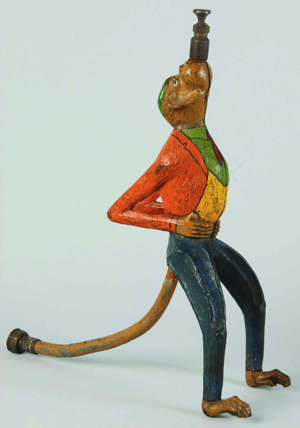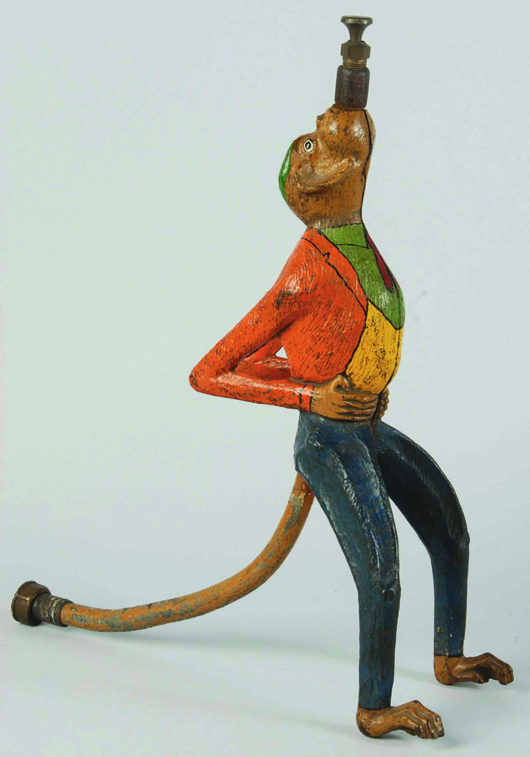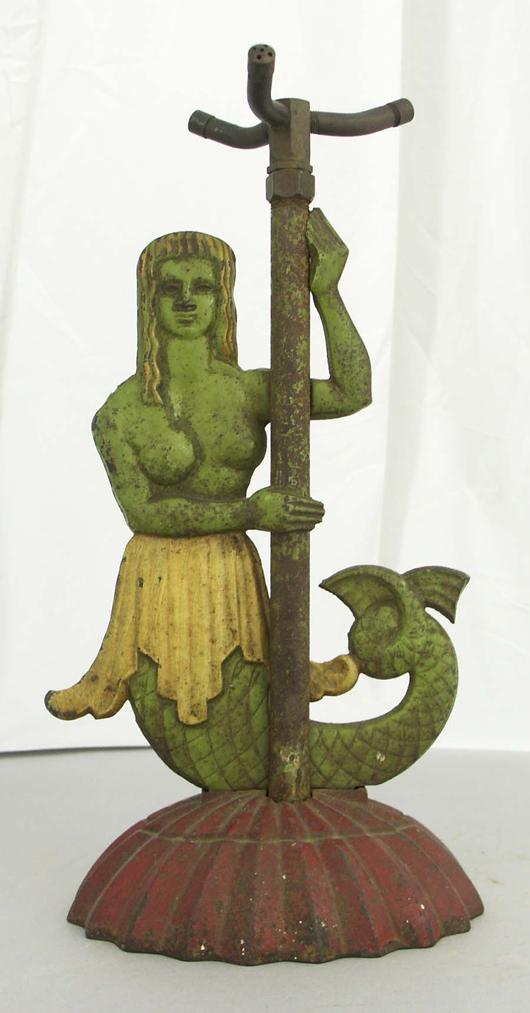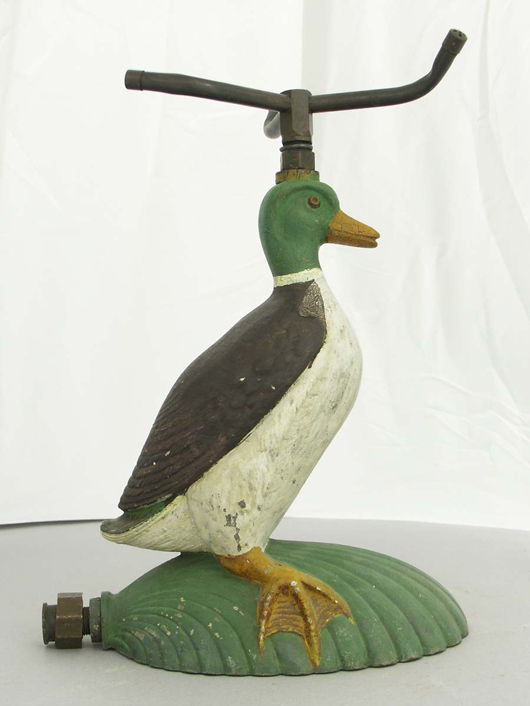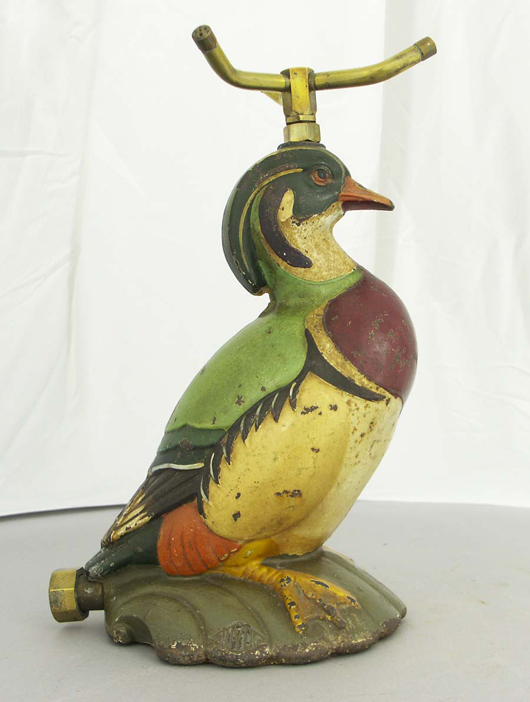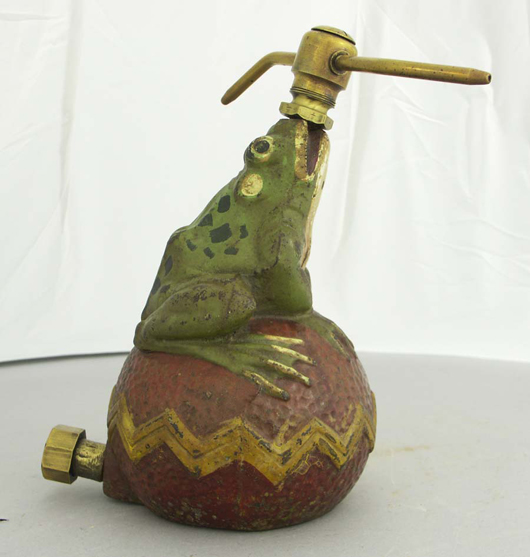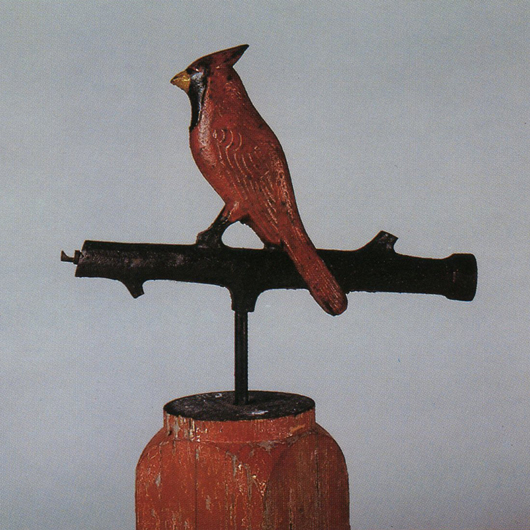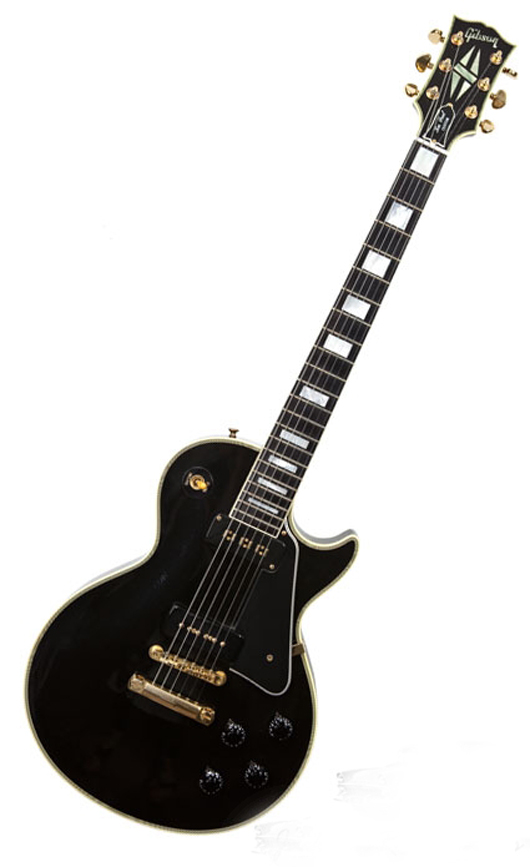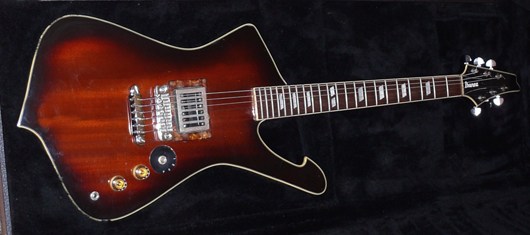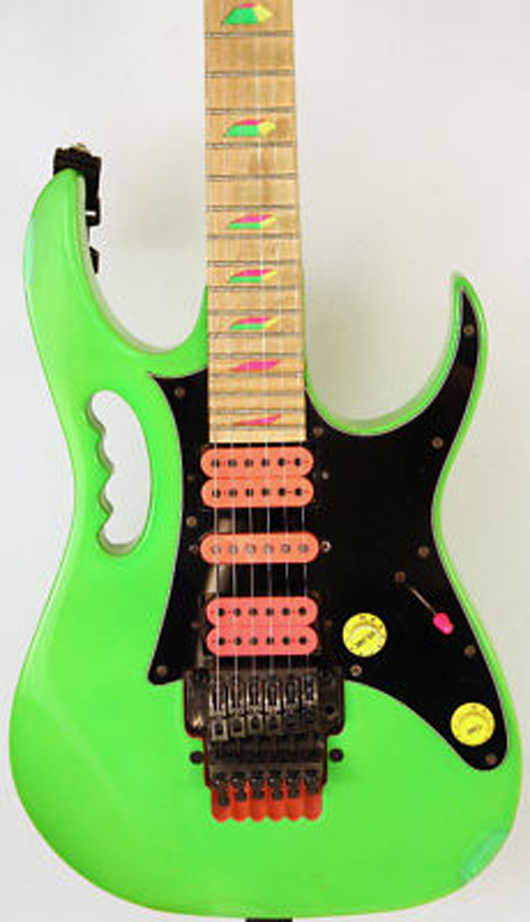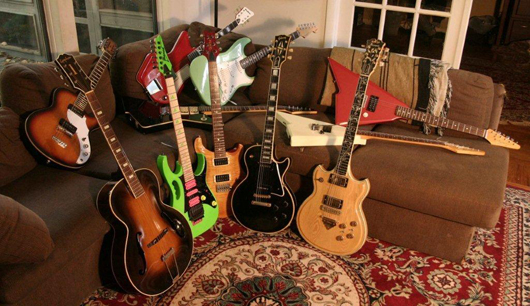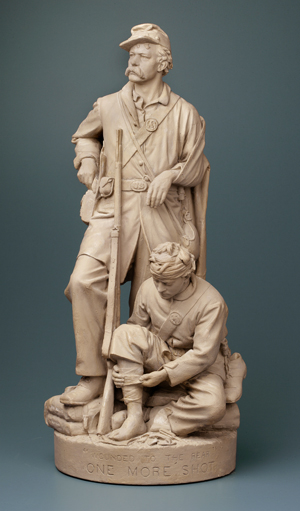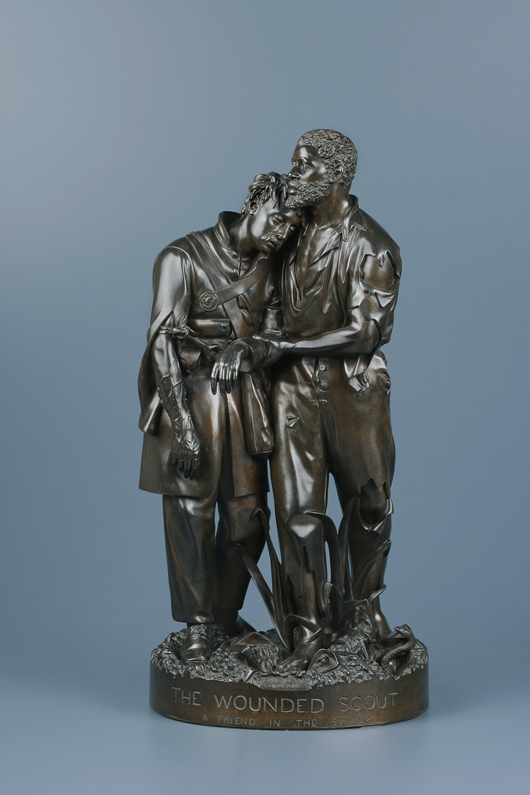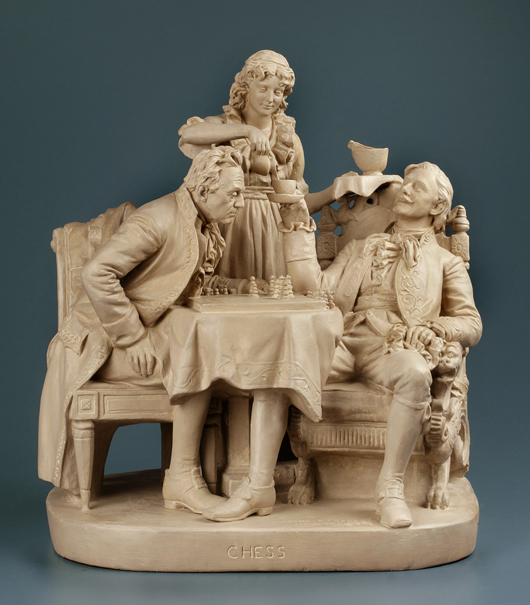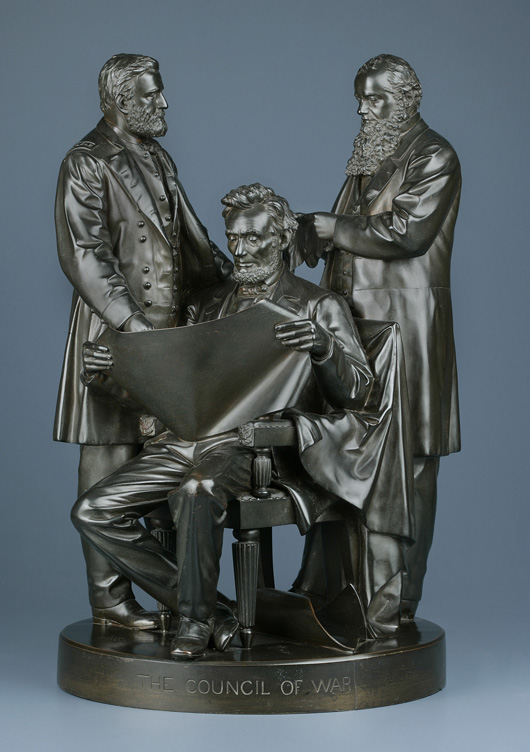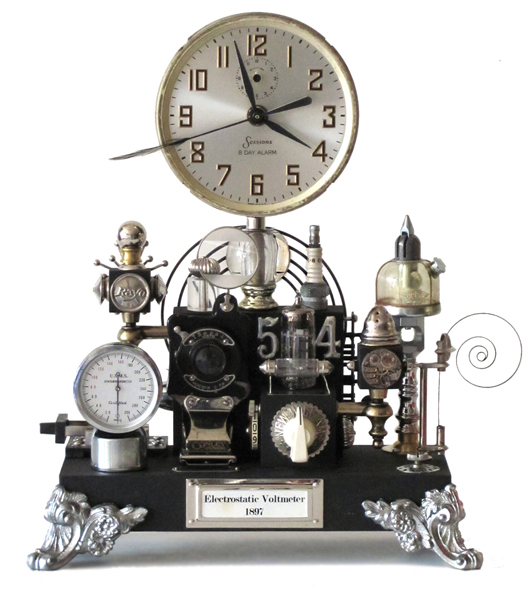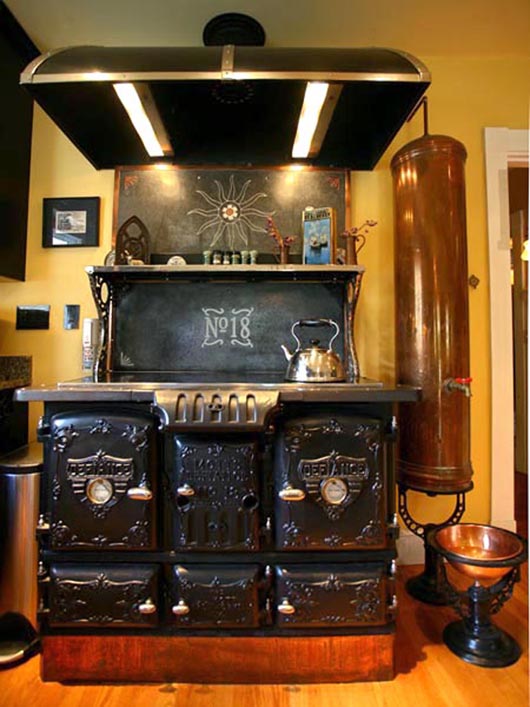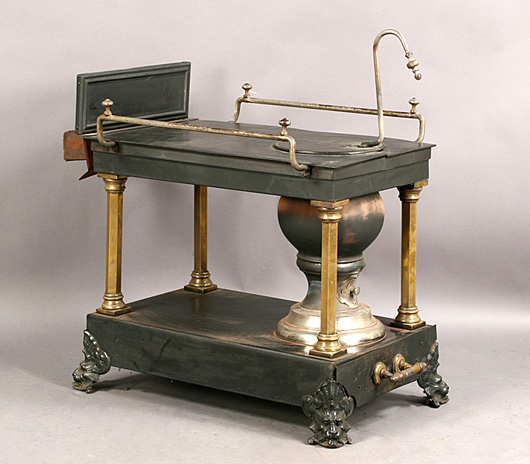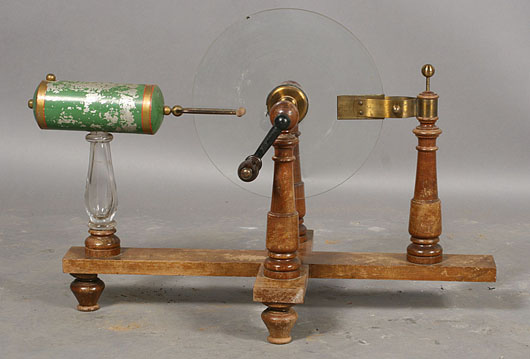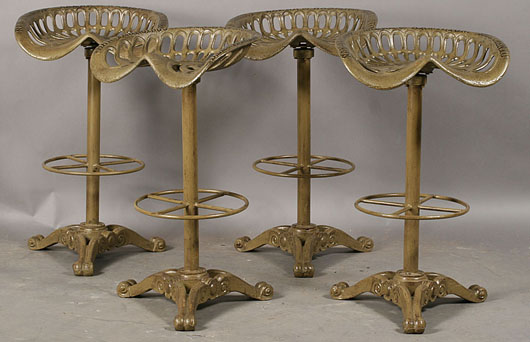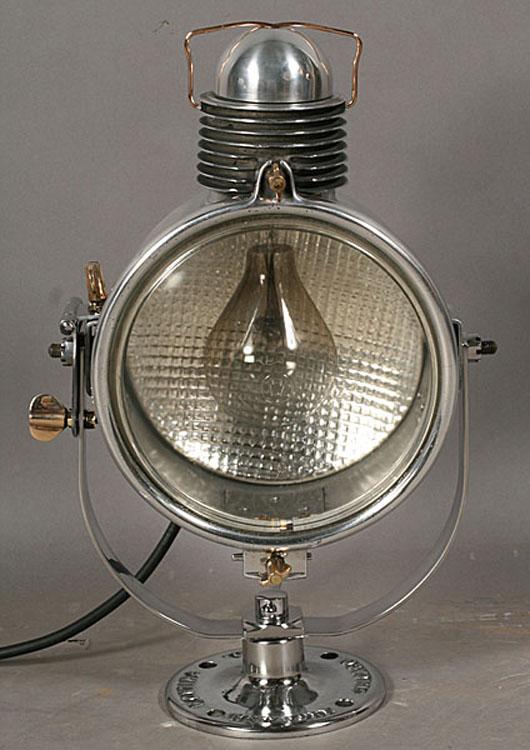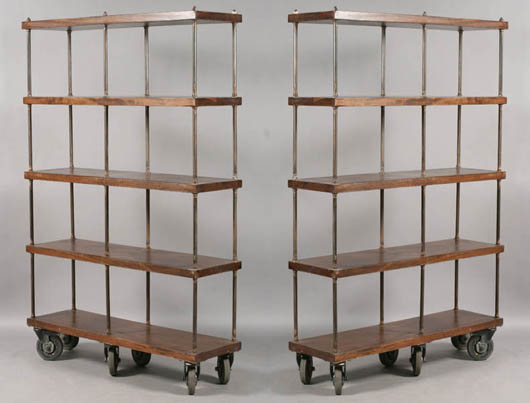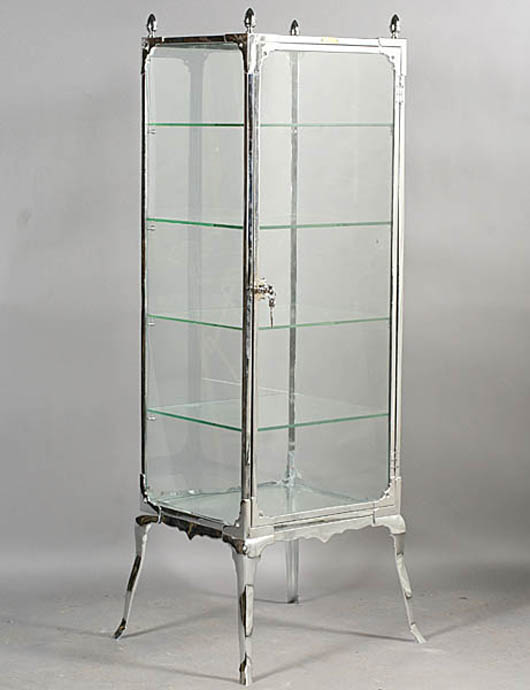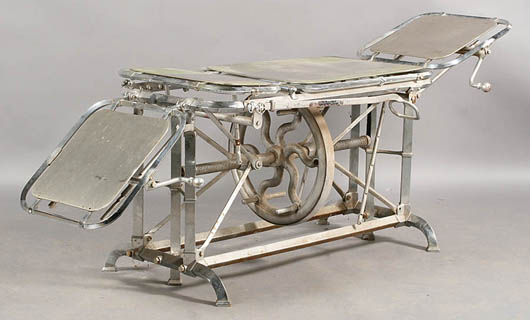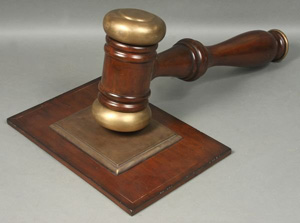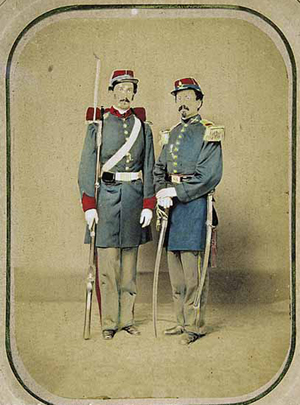
A hand-colored albumen print mounted on card shows Lt. William Miller Owen and his brother Pvt. Edward Owen as they appeared in their Confederate uniforms around 1861 at the beginning of the Civil War. Both rose in rank during the conflict. The pair sat for the photograph in New Orleans at Guay’s Temple of Art, a gallery on Poydras Street. With its strong local appeal, the image brought $7,050 at the Neal Auction Co. in 2007. Courtesy Neal Auction. The rapid development of affordable photographic techniques in the mid-19th century was a technological innovation that affected every level of society. By the time of the American Civil War, photographs had an impact on family relations, battlefield strategy and national politics. Scenes of conflict—once portrayed as heroic in paintings and drawings—were now revealed with tragic realism, and even 150 years later, the viewer cannot help but be moved by the images.
Historians and collectors have a valuable new resource, the scholarly catalog Photography and the American Civil War, which accompanies an exhibition of the same name organized by the Metropolitan Museum of Art. After an initial run in New York, which will end Sept. 2, the show will travel to the Gibbes Museum of Art in Charleston, S.C., Sept. 27 to Jan. 5 and the New Orleans Museum of Art, Jan. 31 to May 4, 2014. The exhibition was timed to coincide with sesquicentennial of the Battle of Gettysburg, a turning point in the war, which took place July 1-3, 1863.
In the volume, Jeff L. Rosenheim, the MMA’s curator in charge in the Department of Photographs, writes that the attack on Fort Sumter on April 12, 1861 spurred the popularity of family photos: “Lincoln’s order for militia to protect and preserve the United States government was heeded across the North, and was a boon to photographers from Massachusetts to Michigan. Similarly, in the South it was a catalyst for Confederate militiamen to seek their portraits before heading off to serve their equally new leader, Jefferson Davis. The result of this military activity was the creation of an unparalleled mass national photographic portrait of men and women of all means, of large and small families, and of groups of soldiers.”
Soldiers carried photographs of wives and sweethearts into battle, while the women who waited back home had an image of their absent warrior nearby. Most common images were tintypes printed on sheet metal or ambrotypes printed on glass; both were often mounted in decorative cases with embossed borders. Small carte de visite prints on paper were another easy way to carry a photo. Women and men often carried lockets with a cherished image inside. People began to share photos when they met, much as we do today.
Rosenheim explains, “It was a matter of practicalities more than aesthetics. If a soldier had the cash and wanted only a single picture, he paid for an ambrotype or a tintype and within a few minutes departed the studio, near camp or in town, with a handsome cased image; if he wanted multiple examples of his portrait, or had lost most of his cash the night before in the last hand of poker, he bought a carte de visite or a dozen copies thereof. If he chose the carte de visite, he had to return the picture gallery later in the day, or on the next day, since the photographer had to print the negative in the sun and then mount the miniature portrait on card stock. The next stop for the soldier often was the post office.”
Soldiers put on a brave face for these images; they look young, alive, and ready to fight. Almost all are in blue or gray uniforms, some obviously homemade. Whether they sit or stand at attention, many display weapons—rifles, small arms, swords and even large knives.
The Civil War also saw the broad use of field photography at major battle sites, which illustrated what type of damage these armaments could do. Stark images of the dead and wounded gave families back home an accurate view of the results of modern warfare, which had an effect on political sentiment on both sides of the conflict.
Perhaps the best-known name in Civil War photography is Mathew Brady (circa 1822-1896), who had opened a daguerreotype portrait studio on Broadway in New York City in 1844, when he was a young man. But Rosenheim notes, “By the time of the fall of Fort Sumter, Brady was less a photographer than an entrepreneur who managed what we would call today a picture agency, which operated much like the Associated Press. He hired the best photographers, worked all the picture outlets (newspapers and magazines), and hobnobbed with influential politicians and the social elite.” Many of the historic images he exhibited in 1862—and took credit for—had actually been taken by Alexander Gardner (1821-1882), one of his team of photographers, who eventually left Brady to establish his own studio.
Photography and the American Civil War is illustrated with over 250 images from the Metropolitan’s extensive holdings and other public and private collections. Rosenheim’s research provides new information on the history of the photographic process, the photographers who labored to chronicle the war, and the effect their images had on American life. As the exhibition travels and more collectors have access to the catalog, this information will prove valuable to buyers and sellers in the auction market who focus on material from the “War between the States.”
In many cases, Civil War portrait photographs have been carefully preserved in family albums and come to auction complete with the names of the sitters and their regiments. They may also be attached to archives of letters or military records, a fortunate circumstance that increases their value for historians. Certain auction houses specialize in sales that focus on historical and political memorabilia.
Cowan’s Auctions in Cincinnati, Ohio, presents American History sales several times a year, which include vintage photography. The interest in history and archaeology comes naturally to founder Wes Cowan, who holds a Ph.D. in anthropology, a subject that he taught at Ohio State University. Cowan grew up in an antique-oriented household and had a strong interest in early photography, particularly stereoscopic views.
Katie Horstman, director of American history at Cowan’s, was in charge of the extremely successful American History auction this June. Highlights included an albumen print of Abraham Lincoln with Gen. George B. McClellan and his staff on the battlefield of Antietam in October 1862, taken by Alexander Gardner, which brought $15,275, and a print titled “General R.E. Lee and Staff” made by Matthew Brady’s Washington, D.C., firm in 1865, which sold for $19,975.
“There were over 150 lots of Civil War photography,” notes Horstman. “Some of our consignors are individual private collectors, who have been accumulating things over a long period of time. The first part of the June sale consisted of carte de visite images of Civil War soldiers, primarily out of Maine, and many of those in this sale were involved in the Battle of Gettysburg in some way.” These came from the estate of a single collector who focused on Maine regiments. Other consignments for the history sale come from institutions which are deaccessioning items or from dealers’ inventories.
Horstman continues, “The buyers range from private collectors to dealers, some of whom may be buying for institutions. Our next live American History Auction will take place on Nov. 15, 2013, and we are currently in the process of accepting consignments for the sale. It will feature early historic photography, with a focus on Civil War cased images and paper photographs.”
Tennessee is known as the Volunteer State, a claim that goes back to the Revolutionary War when the Overmountain Men from the Appalachians fought in the Battle of Kings Mountain. At Case Auctions in Knoxville, images of soldiers with a local connection often bring a premium. President John Case says, “We get excellent prices for Tennessee-related items; they bring more than I would have expected. When we get them, I think folks recognize the rarity, and the lots bring pretty strong bidding from institutions and private collectors.”
Case continues, “An important sale that comes to mind is the McCammon Archive that sold for $10,400 (est. $4,000-$5,000). It had his tintype image accompanied by his letters.” The letters, which were written by Union Capt. Oliver Pinkney McCammon to his future wife, A.E. McCall, of Blount County, Tenn., over the course of the war, document important military actions, political concerns and general conditions in the camps.
Citing an important lot sold in 2011, Case says, “We also had a tintype of Sirenius Mort, who was a Union lieutenant and came from a family of East Tennessee potters. That went to an institution for $5,290 (est. $700-$1,000)—but that was because we knew who he was and he was also a potter. His family was split in its loyalties; his other brothers went and fought for the Confederacy. Union images tend to bring as much sometimes as the Confederate ones because we were so pro-Union in East Tennessee.”
He emphasizes that families are willing to part with such photographs and accompanying material because they know they will be documented in the catalog and become available to historians. Case says, “I have a lot of ambrotype Confederate soldiers coming up in January.” Sometimes the smallest details add to the value, as was the case with one lot destined for that sale: “When you looked at the image of the soldier with a magnifying glass, you could see that he had a star on his buckle. That changed everything because that meant he was from Mississippi and that commands double.”
Jeff Rosenheim wrote an article about the landmark exhibition he organized, “Photography and the American Civil War,” in the March/April 2013 issue of The Magazine Antiques, which states why these portraits are so important: “The show examines the role of the camera during a cataclysmic period in American history and attempts, as much as is possible, to effect a balance between North and South, and between what we know and what we do not. Formal field portraits of well-dressed officers are tempered by more intimate likenesses of common soldiers, Rebels and Yankees, in whose eyes and body language rest much of the pathos of the war.”
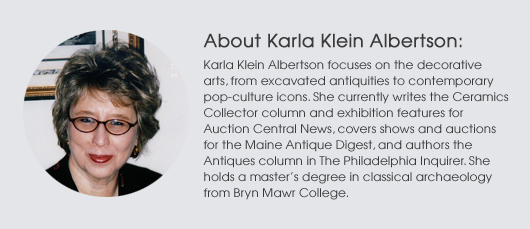
ADDITIONAL IMAGES OF NOTE

A hand-colored albumen print mounted on card shows Lt. William Miller Owen and his brother Pvt. Edward Owen as they appeared in their Confederate uniforms around 1861 at the beginning of the Civil War. Both rose in rank during the conflict. The pair sat for the photograph in New Orleans at Guay’s Temple of Art, a gallery on Poydras Street. With its strong local appeal, the image brought $7,050 at the Neal Auction Co. in 2007. Courtesy Neal Auction.
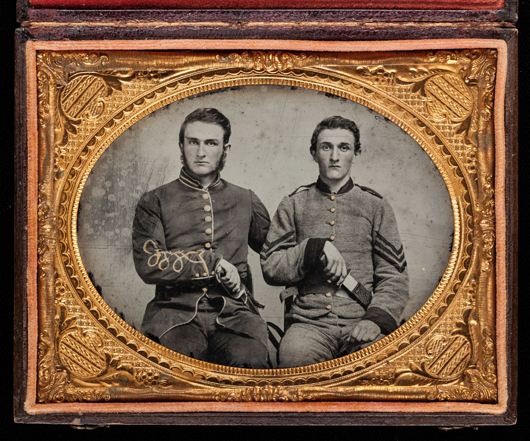
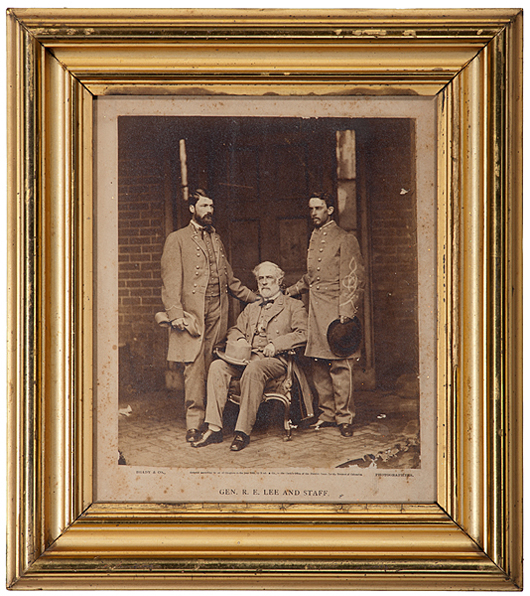
This large albumen print titled ‘General R.E. Lee and Staff’ was made by Matthew Brady’s firm in 1865, not long after Appomattox. A “holy grail” for Confederate image collectors, the photograph sold for $19,975 at Cowan’s in June. Courtesy Cowan’s Auctions Inc. 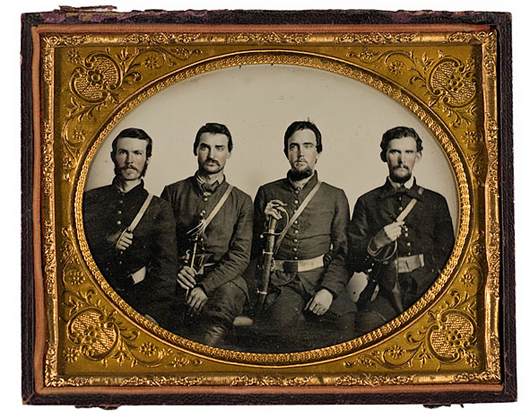
The four young Kentucky cavalrymen armed with sabers paid $4 for this half-plate ruby ambrotype before they went to war. Their names are written in pencil in the case. The well-preserved image brought $15,275 at a Cowan’s auction in 2009. Courtesy Cowan’s Auctions Inc. 
This Civil War tintype of Union soldier Sirenius M. Mort had extra value because the sitter was a member of the important Mort pottery family of Jefferson County, Tenn. The lot sold for $5,290 in 2011 at Case Auctions. As was often the case at the period, the photograph was mounted in an attractive embossed gutta-percha case for home display. Courtesy Case Auctions. 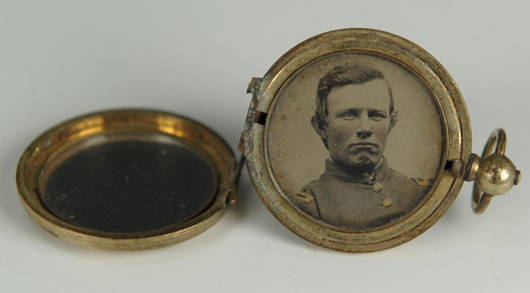
Civil War photographs often descend in the family of the subject and may be attached to important historical material. This locket with circular tintype of Capt. Oliver Pinkney McCammon (OPM) of the 3rd East Tennessee Cavalry was part of over 120 items, mostly letters of correspondence between Capt. Pinkney and his future wife during the war years of 1861-1865. The complete archive brought $10,440 in June 2012 at Case Auctions in Knoxville. Courtesy Case Auctions.


